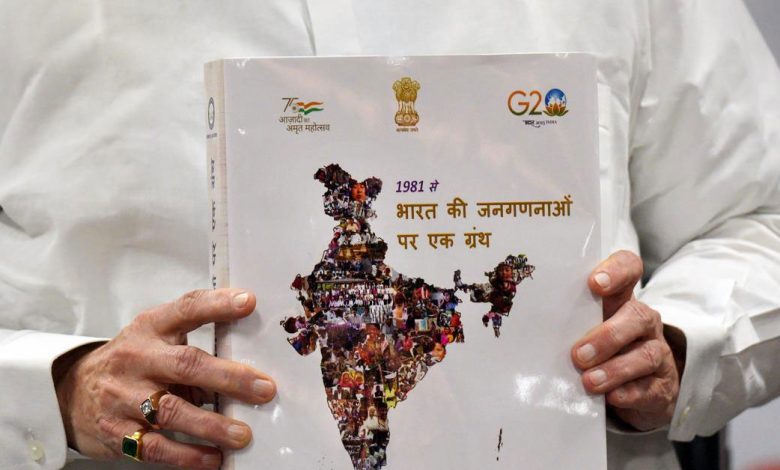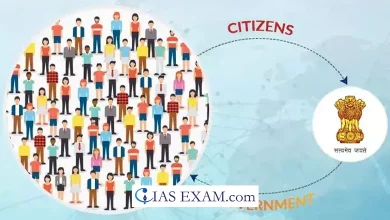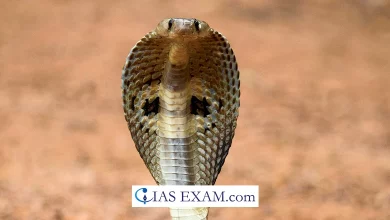Daily Current Affairs for UPSC
Changes introduced in the Upcoming Census
Syllabus- Government Policies and Interventions [GS Paper-2]

Context- Notwithstanding requests from several committees to be considered separate religions, the following Evaluation will just count Hindu, Muslim, Christian, Buddhist, Sikh and Jain as particular religion choices.
Key Highlights
- On religion:
- Only six distinct religions would be included in the census: Hinduism, Islam, Christianity, Buddhism, Sikh, and Jainism. Sarna, Lingayat, and other communities’ demands were not taken into consideration.
- Any religion other than the six mentioned can be written by respondents, but no separate code will be provided for them.
- Adivasis who practice nature worship in Jharkhand, Chattisgarh, and Odisha have been advocating for the Sarna faith to be recognized as a separate religion, and Lingayats in Karnataka have made a similar request.
- New questions for the upcoming Census: In addition to the existing options of education, marriage, work, and business, the next Census will include “natural calamities” as a new option for determining the reasons for a person or family’s migration.
- Online Census: The first ever digital Census is planned for the next one, and participants will be able to complete the questionnaire from the convenience of their own homes. Registration 2021 has been deferred endlessly because of pandemic.
- Directory of code: During the second phase of the 2021 Census, a code directory with possible responses and matching codes for questions involving descriptive and non-numeric entries has been created for the first time for enumerators to use.
- It has codes for things like relationship to head, mother tongue and other known languages, occupation, industry, trade, or service, birthplace, and Scheduled Caste/Scheduled Tribe (SC/ST), among other things.
India’s Decadal Census
- India was almost entirely under the control of the East India Company by the middle of the 19th century.
- The company was wound up in 1858, its assets were given to the British Crown, and the Government of India Act 1858 was passed by the British parliament. Yet, to direct the territory, the English government required itemized, solid information on individuals and where they resided.
- Afterward, the recently settled office of the recorder general and enumeration chief sent off and finished the main Statistics of India in 1881. In 1872, it was initiated for the first time by British Viceroy Lord Mayo.
- Numerous traditions of the pioneer raj went on after 1947. The Registration of India, luckily, is one.
- According to Article 246 of the Constitution of India, the census is a Union subject. Up until the 1951 census, ad hoc census organizations were established for each one. The purpose of the 1948 Census Act was to establish a strategy for conducting a population census as well as the responsibilities of census officers.
Objective:
- The Indian Registration has been an alluring wellspring of information for researchers and scientists in demography, financial matters, human sciences, social science, measurements and numerous different disciplines.
Who conducts the Census?
- The Office of the Registrar General and Census Commissioner of India in the Ministry of Home Affairs of the Government of India is in charge of carrying out the decadal census.
- The Evaluation is the identification of the number of inhabitants in the nation and it is being led at a time frame years.
Process:
- As depicted in the diagram below, the population census activity entails multiple activities that are carried out in phases.
- The main period of the registration movement is the Preliminary stage where all the preparation and basis for the following identification action happens.
- This phase consists of a number of activities whose purpose is to ensure that everything is in place before the actual census enumeration activity begins.





.png)



